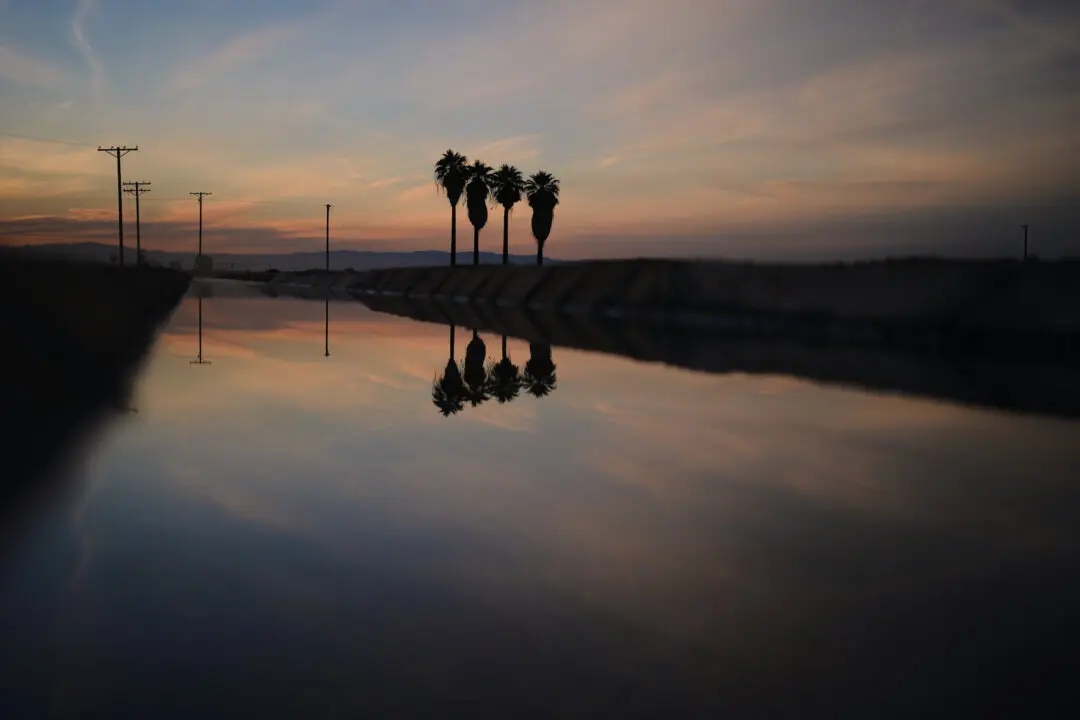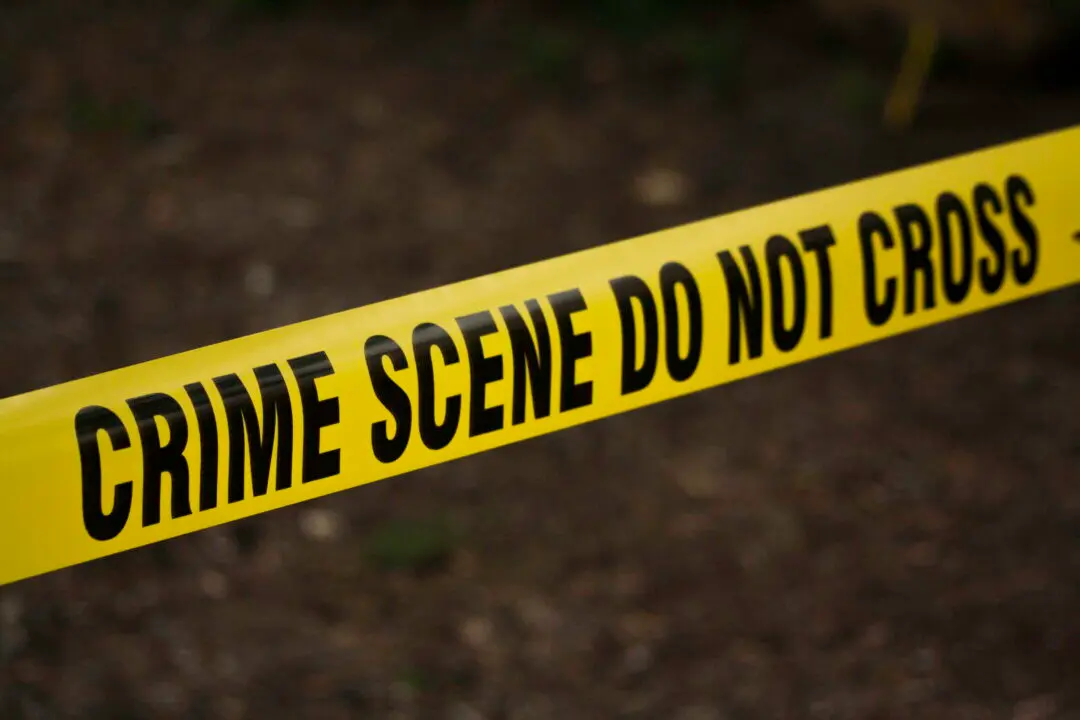DUBAI, United Arab Emirates—Clashes between Iranian security forces and protesters angry over the death of a 22-year-old woman in police custody have killed at least nine people since protests erupted over the weekend, according to a tally Thursday by The Associated Press.
The scope of the protests still remains unclear as demonstrators in at least a dozen cities—venting anger over social repression—continue to encounter security and paramilitary forces.





